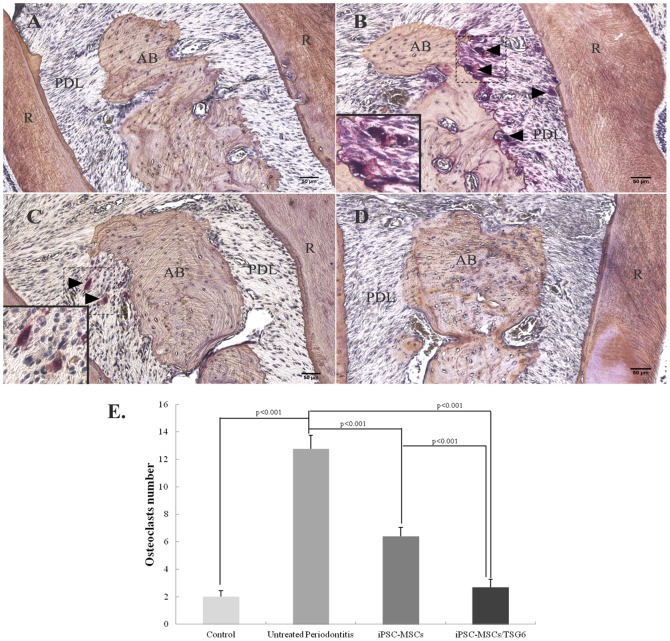Figure 6. TRAP staining: Osteoclasts formation in different groups.
(A) Healthy control group. (B) Untreated periodontitis group. (C) iPSC-MSCs treated periodontitis group. (D) iPSC-MSCs/TSG-6 treated periodontitis group. TRAP-positive osteoclasts in rat maxillae showed a significant decrease in iPSC-MSCs/TSG-6 treated group. (AB = alveolar bone, PDL = periodontal ligament, R = tooth root, black arrow = TRAP-positive osteoclasts) (TRAP staining, scale bar, 50 µm). (E) Quantitative analysis of TRAP-positive osteoclasts (nuclei≥3) showed a significantly decreased number of osteoclasts in iPSC-MSCs and iPSC-MSCs/TSG-6 treated group, compared to untreated periodontitis group; the decrease number of osteoclasts showed a significant differences between iPSC-MSCs/TSG-6 and iPSC-MSCs treated group.

